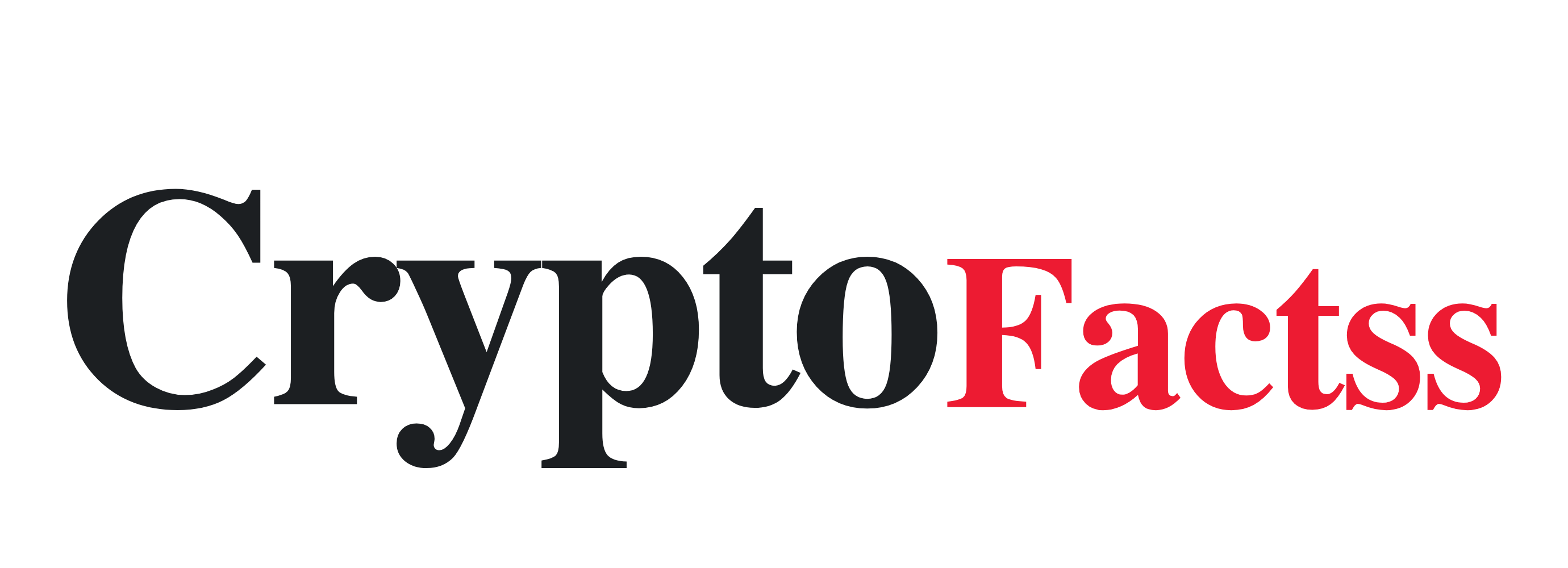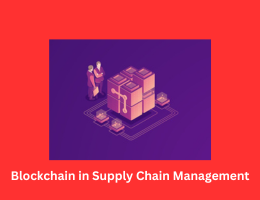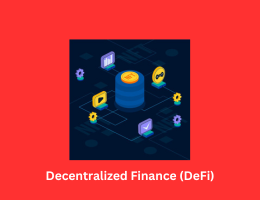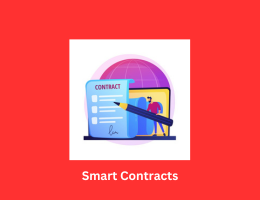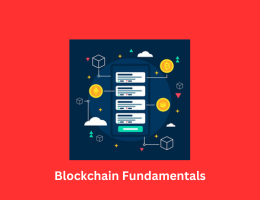
Blockchain and Regulatory Landscape
- By admin --
- Monday, 05 Aug, 2024
Blockchain technologies may additionally reveal the blockchain network operator and/or contributors inside the community to legal and regulatory uncertainty because many governments and regulators are nonetheless running to understand blockchain and whether sure legal guidelines ought to be updated to properly cope with decentralisation.
While some governments are spearheading the adoption of blockchain, many countrywide and regional regulators are adopting a wait-and-see method, who prefer to explore and apprehend blockchain’s implications before shifting ahead with extra legal and regulatory requirements or steerage. The loss of regulatory truth and evolving criminal and regulatory role is difficult for market individuals, and it is essential that they constantly examine their participation in blockchain networks.
In essence, blockchain community members’ twin assignment for now's to make sure that they are compliant with contemporary guidelines whilst additionally mitigating as much as viable the commercial enterprise risks related to viable modifications inside the regulatory environment.
Jurisdiction
Blockchain has the capability to go jurisdictional boundaries because the nodes on a blockchain may be placed everywhere within the world. This can pose a number of complicated jurisdictional problems which require cautious consideration when it comes to the relevant sports of the platform and its members, in addition to the contractual relationships amongst them. To address such troubles, there are more and more a number of felony and regulatory regimes that have more-territorial effect, which include the European Union’s GDPR or tax laws. As a result, even though blockchain users and nodes are positioned internationally, nearby legal guidelines might also nonetheless follow in which there may be taken into consideration to be a enough nexus to that jurisdiction. It is the varieties of sports taking place in each jurisdiction and the position of every participant on a blockchain which should be cautiously taken into consideration to peer in the event that they might be challenge to the local legal guidelines of a particular jurisdiction.
Technology impartial regulatory regime
Regulatory licensing and compliance regimes are commonly now not drafted with the aim of regulating particular technology. Rather the usual intent is to alter the activities that the era enables facilitate. However, impartial drafting could make it difficult to interpret how law must follow and which contributors have to be stuck. It is, consequently, vital to carefully investigate the character and activities of a blockchain network and its contributors and determine where that platform and its contributors must sit down within the regulatory landscape.
Governance and legal documentation
The software-like nature of a blockchain platform method that it's miles important to properly report the connection between the blockchain community, the community operator (if any), and its individuals through legally enforceable contracts. It is critical to establish a clear and strong governance model concerning interactions amongst individuals within the community. The model must additionally set out honestly the relevant phrases and situations to the blockchain platform, e.G. The mechanisms by means of which the network operator may also put in force adjustments to the community or the necessities around its participation. Objective and fair criteria should be set to govern access to the network and suspension or termination of participants from the community. For similarly discussion of such troubles, see sub-section, Legal documentation, below focus location Legal matters while setting up a blockchain network to this module.
Liability
Blockchain poses novel and special dangers because of the nature of the generation and way of operations, such as risks relating to safety, confidentiality, law, taxation, facts protection, immutability, automation and decentralisation, amongst other risks. Therefore, the allocation and attribution of danger and legal responsibility in relation to the blockchain community and the transactions processed on the community (along with any errors, disasters or malfunctions) should be carefully assessed and documented inside every layer of community participation.
Intellectual property (IP)
To clearly liberate the potential of blockchain, the underlying technology, inclusive of its software program, will ought to be shared so as for cost to be received. The nature of such ‘sharing’ depends totally at the specific nature of the blockchain in question, together with its purposes, difficulty matter, and relationship between the blockchain individuals. It is therefore important to keep in mind questions around the nature of the underlying IP, IP possession and licensing arrangement as part of the structuring of the blockchain.
The core considerations and viable IP alternatives (e.G. In recognize of IP ownership and licensing) are, to a big quantity, no unique than that of every other conventional IP regime or software program improvement settlement and, depending at the agreed licensing provisions, are probable to hinge on whether or not those particular requirements could supply a client a competitive facet and/or can be utilized by the blockchain vendor (i.E. Is there any exclusivity, what is the nature and volume of the licensing provision). Developers and IP owners will ought to decide their IP strategy, together with who owns what, and safety on all ranges. Vendors will likely want to capitalise on every other industrial benefits to be generated from the blockchain, together with commercialisation of the underlying dataset with the aid of way of licensing-out the underlying IP. Especially in public blockchains based totally on open-supply software, this may be challenging, however developing mechanisms to pick out who created and who owns what (e.G. Time-stamps) should be considered. In addition to issues on the possession of the IP in the underlying blockchain, every other important question pertains to whether or not the blockchain may be used to file possession, use and remuneration of IP licensing/transactions. For extra dialogue of IP considerations, see sub-segment Intellectual Property below recognition place 2 to this module and the modules on Consortium Governance and Risk Factors.
